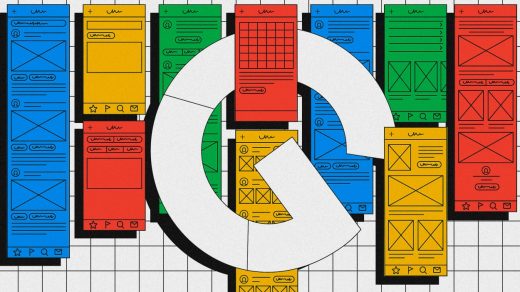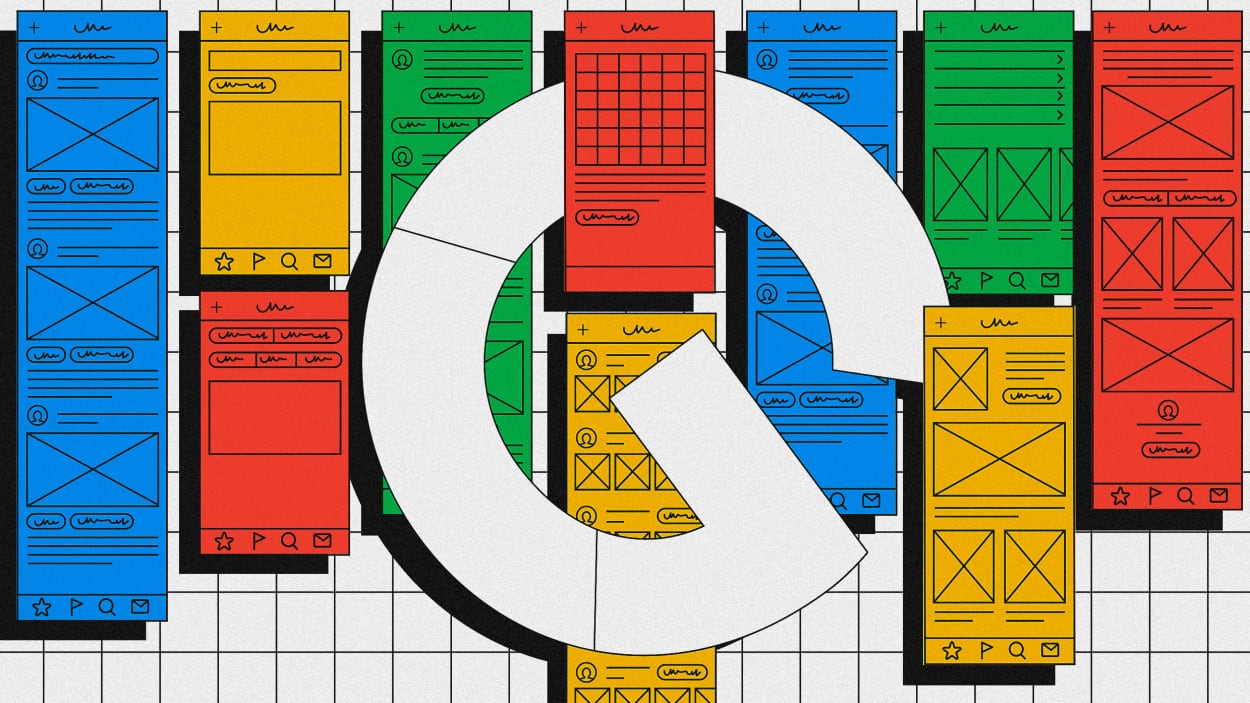Is the Google UX Design Certificate worth it?
By Kaitlyn McInnis
Sometimes it can seem like every influencer, life coach, and author has their own online certificate or course available for purchase these days, making it difficult to wade through the noise to get to the programs that might actually be worth the investment—both in time and money.
The Google UX Design Certificate is a standout, accredited program that is practical, with far-reaching use cases. Each module is designed to help beginners and intermediate user experience (UX) design professionals understand the world of UX design, learn in-demand skillsets, and set themselves up for new careers in the UX design field.
Considering a career change or curious to find out more about the intricate world of user experience design? Here’s everything you need to know about the Google UX Design Certificate—including whether or not it’s worth the investment.
Is the Google UX Design Certificate worth it?
The Google UX Design Certificate is a low-cost accredited program that charges students less than $200 from start to finish—which makes it a very interesting program for anyone looking to use the program as a jumping-off point for entering into the UX design job market.
That said, like all courses and learning programs, each person’s individual experience will differ and you’ll likely get out of the program what you put in. Still, the general consensus is overwhelming: the affordable program is engaging and enjoyable for newbies and those with an intermediate knowledge in the UX design sphere.
In particular, reviews online show that former students enjoy the fact that the certificate includes peer-reviewed assignments and projects that allow you to see what other students are working on. This style of certification also ensures students stay accountable to themselves and their classmates, something that can sometimes be difficult with self-guided online courses.
Another major bonus of the Google UX Design Certificate is the relatively condensed time commitment that it takes to complete the course. Not only is the course undertaken entirely at home and online but it can be done in less than six months’ time depending on how much time students are able to invest each week.
Can I get a job with the Google UX Design Certificate?
Not unlike a university degree or community college certificate, the Google UX Design Certificate does not guarantee a job prospect at the end of the course. However, for those looking to make a career change and are starting from zero in the UX design field, it’s a respected first step.
The self-paced course takes less than six months to complete in most cases and takes students from the very beginning of UX design (starting at ground level with the basics) all the way through to higher level design concepts and practices. The course covers enough to set students up for entry-level jobs in the UX design space and is a well-respected certificate in the industry.
Still, students and graduates of the Google UX Design Certificate should anticipate competition when applying for entry-level UX design jobs. Seeking out low-paying freelance design work or doing volunteer work for non-profits while completing the certificate will help to build up your resume and will help position yourself as an experienced candidate when it comes time to apply for jobs.
Is the Google UX Design Certificate free?
The Google UX Design Certificate is not free, but it’s relatively affordable compared to other tech- and design-related online courses and certificates. From start to finish, the program will cost students approximately $39 per month with a subscription to the host platform Coursera.
It’s important to note that financial assistance for the Google UX Design Certificate is available for students that meet certain qualifications directly through Coursera. Google has also funded more than 100,000 scholarships for various Google Career Certificates.
However, Google-funded scholarships are available strictly through Grow with Google partners and Google.org grantees including Merit America, Per Scholas, NPower, Goodwill, Futuro Health, Generation USA, UnidosUS, LULAC and Hispanic Federation, with the goal being to help people develop the skills required to get high-paying jobs in fast-growing fields.
Fast Company , Read Full Story
(18)



